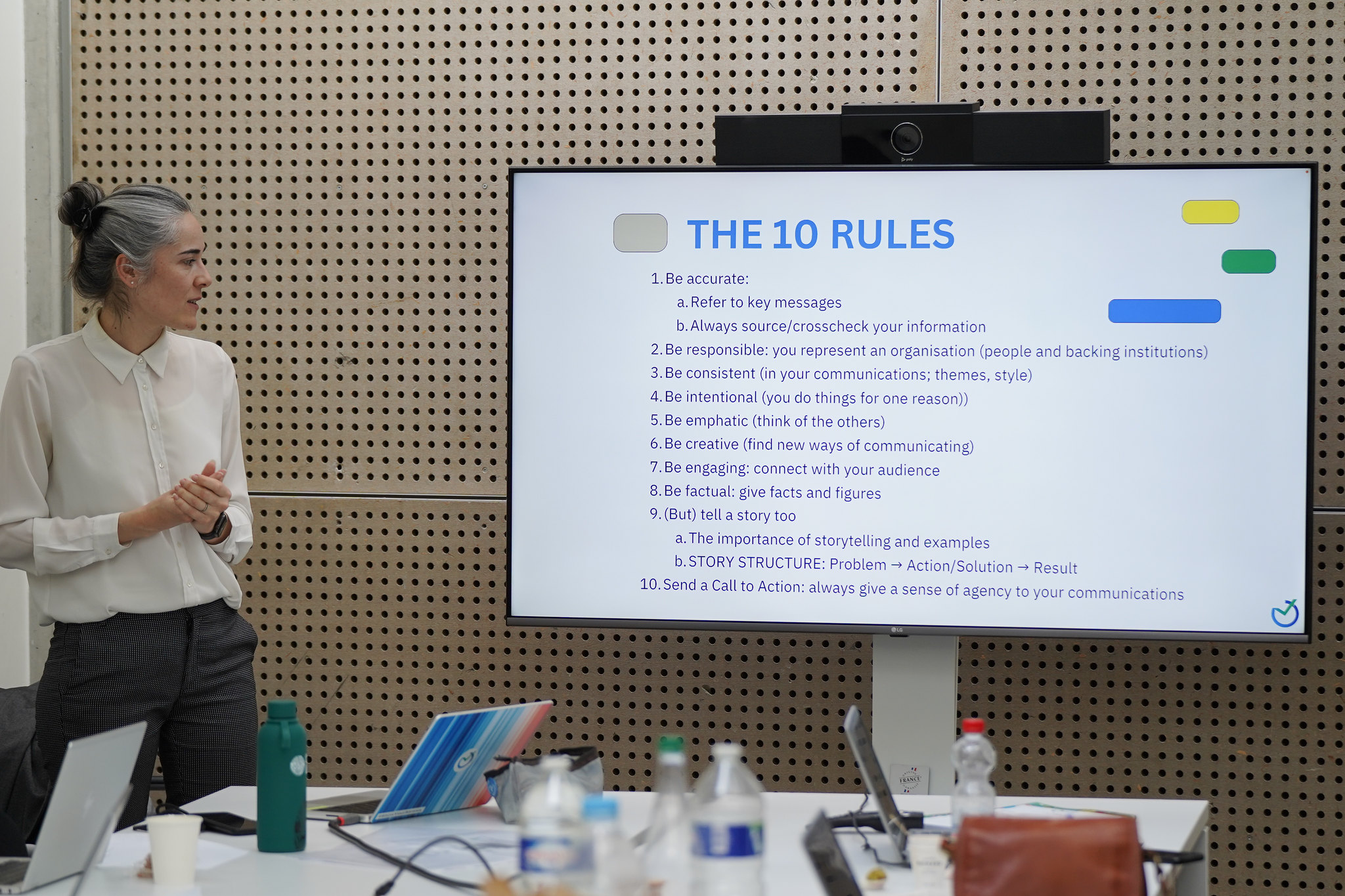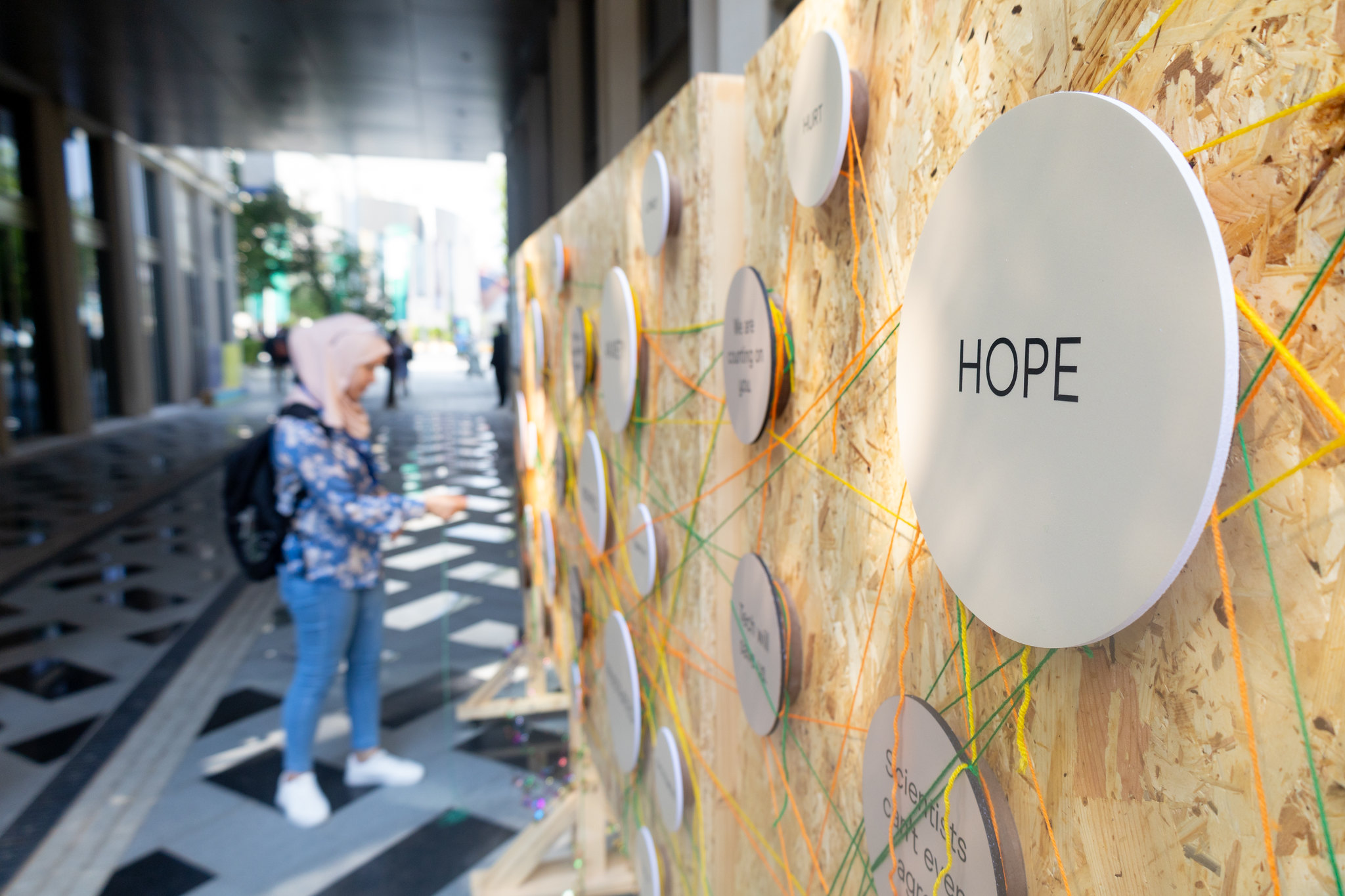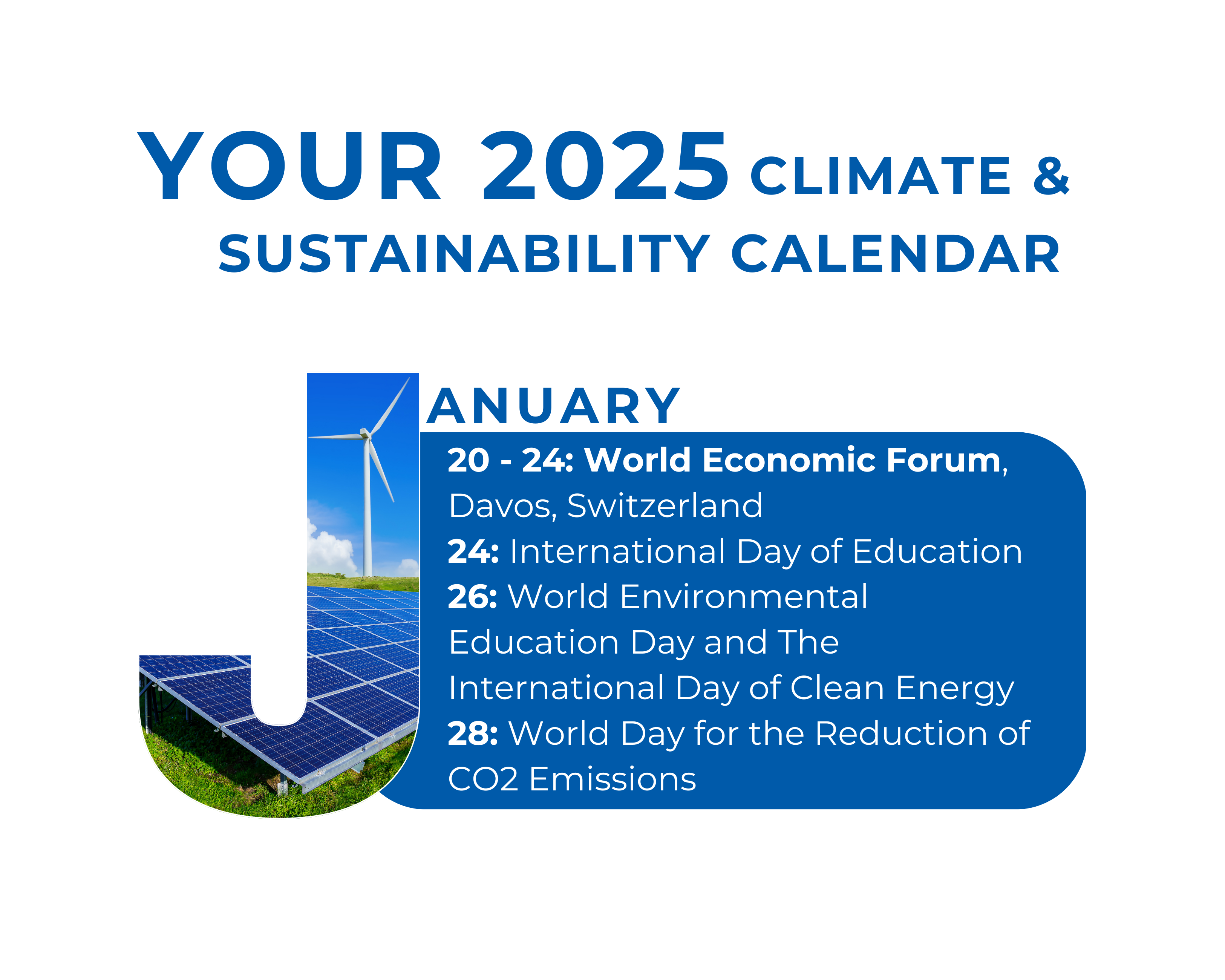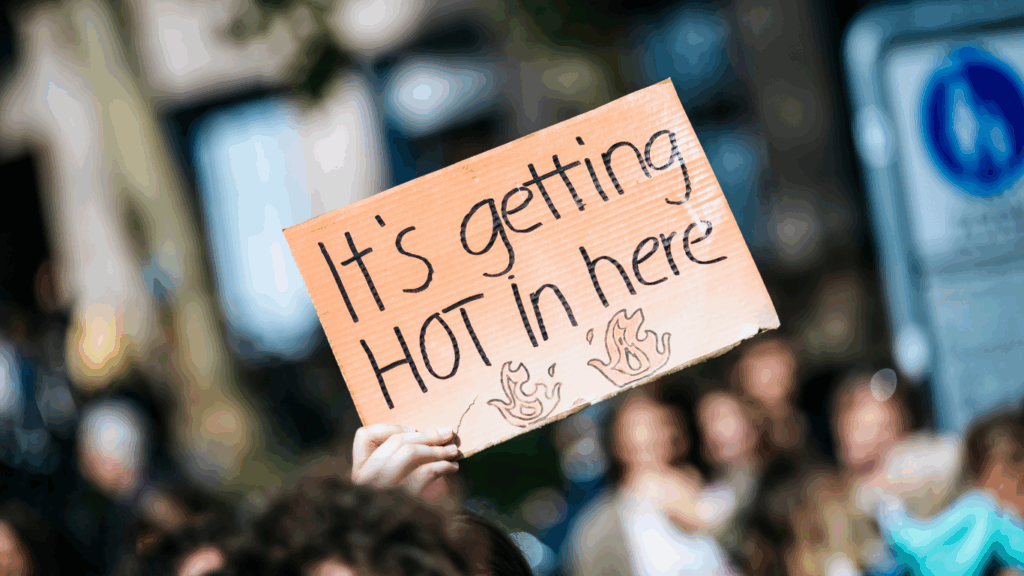From idea to impact: creativity in events and communication
Creativity is a vital element in event organisation and communication. From conceptualising innovative ideas to executing memorable strategies, creativity drives success and relevance in these fields. In this article, we will explore how to unleash and harness creativity to create impactful and effective experiences in events and communication.
The importance of creativity
Creativity is the driving force behind differentiation and emotional connection with the audience. In a marketplace saturated with messages and events, creativity is what allows a brand or company to stand out and leave a lasting impression. From visual design to event storytelling, creativity influences every aspect of the participant experience.
Fostering a creative environment
To make the most of creativity in event organisation and communication, it is crucial to foster an environment that inspires and supports innovation. This can include creating collaborative workspaces, encouraging diversity of ideas and celebrating creative thinking.
Regular brainstorming sessions should be established to share ideas freely and provide adequate time and resources to support the creative process. Team collaboration and celebration of creativity are key to recognising and valuing innovation, creating an environment conducive to the generation of fresh and original ideas.
By encouraging team members to think outside the box and explore new ideas, you can unleash a flood of creativity that will drive the success of the event or communication campaign.
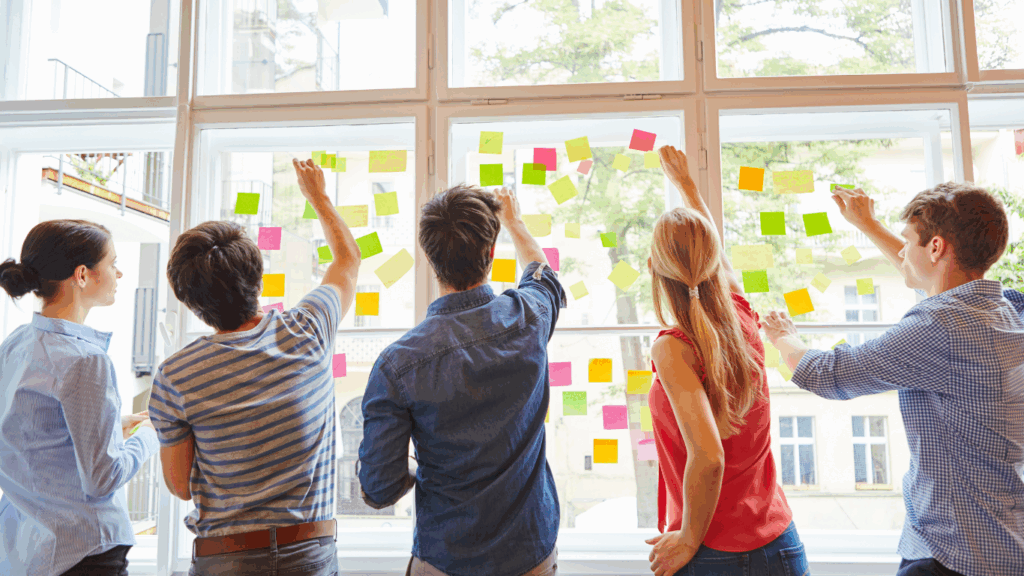
Exploring innovative concepts
Creativity manifests itself in the exploration of innovative concepts that challenge convention and capture the imagination of the public. This may involve creating unique event themes, developing interactive experiences or implementing cutting-edge technology to improve participation and engagement. The key is to constantly look for new ways to surprise and delight audiences, offering experiences that are authentic, exciting and memorable.
Collaboration and co-creation
Creativity flourishes in collaborative environments where co-creation and the exchange of ideas is encouraged. By working in teams, more innovative and comprehensive ideas can be generated that draw on the diverse perspectives and skills of each team member. Collaboration can also extend to external partners, such as artists, designers or technologists, who can bring new ideas and approaches to the table.
Flawless execution with a creative touch
Once a creative concept has been developed, flawless execution is critical to its success. From logistical planning to on-the-ground implementation, every detail must be carefully considered and executed with a creative touch. This may involve using striking visuals, integrating sensory experiences or incorporating immersive narratives that captivate the audience and immerse them in the experience of the event or communications campaign.
Creativity is a driving force behind innovation and success in the event organisation and communication field. By fostering a creative environment, exploring innovative concepts, collaborating as a team and executing with a creative flair, brands and companies can create impactful and effective experiences that resonate with their audience and set them apart in a competitive marketplace. Creativity is the key to transforming the ordinary into the extraordinary and leaving a lasting impression in the minds and hearts of the public.
Sustainable creativity in event organization
Sustainability is not a limit to innovation but a challenge that pushes us to design smarter, more responsible events. Today, a truly memorable event is measured not only by the experience it creates but also by the positive impact it leaves on the environment and the community.
Practical ways to make events more sustainable include:
- Reduce single-use materials: replace plastics with reusable, compostable, or recyclable alternatives.
- Design low-impact spaces: choose modular, reusable, and locally produced decorations.
- Encourage sustainable mobility: prioritize venues with good public transport access, provide electric shuttles, or promote carpooling.
- Manage energy responsibly: use LED lighting, monitor energy consumption, and whenever possible, rely on renewable sources.
- Offer sustainable catering: focus on seasonal, locally sourced food with vegetarian and vegan options.
- Measure and offset the footprint: calculate event emissions and compensate through certified offset projects.
Bringing sustainability into creativity doesn’t restrict innovation. On the contrary, it invites us to rethink every design and logistical decision to create experiences that inspire, engage, and remain aligned with environmental responsibility.
Don’t miss our communication resources in the Academy toolkit, subscribe to our newsletter and, if you want to take it further, join our training in moderation and public speaking. Plus, remember that we also offer microconsulting for quick questions or personalized one-to-one advice.


